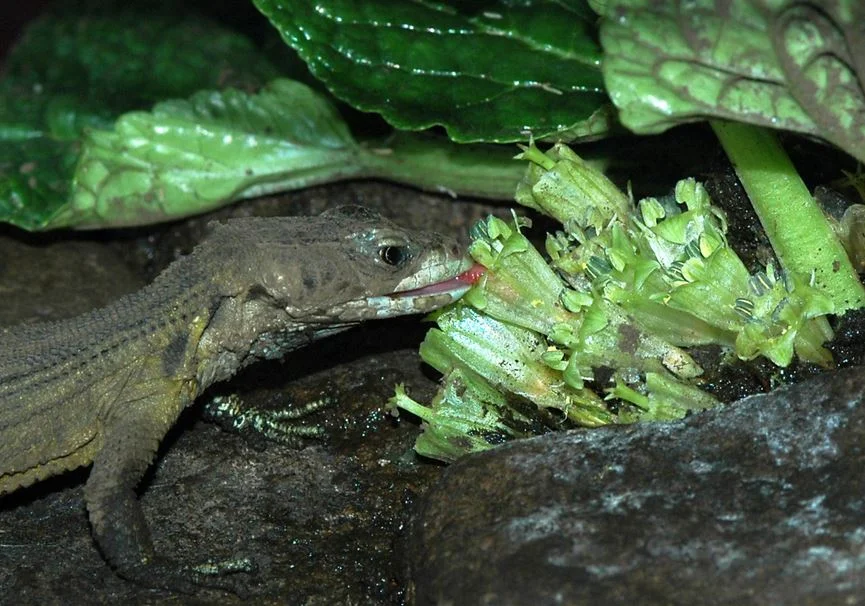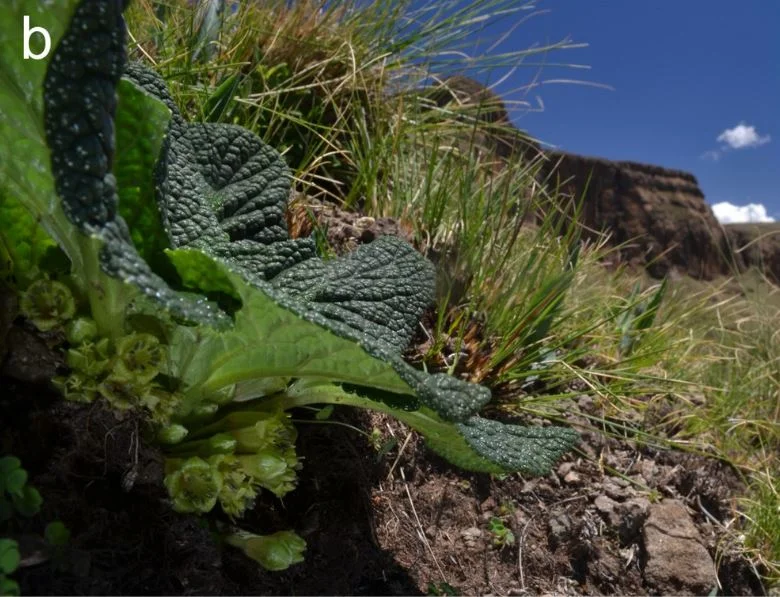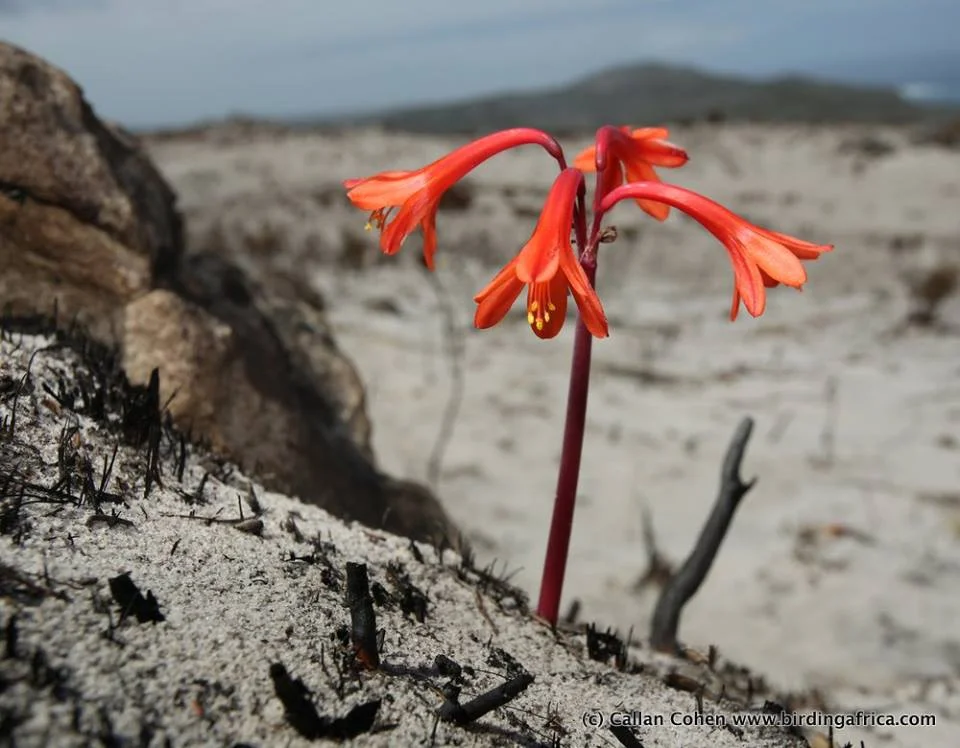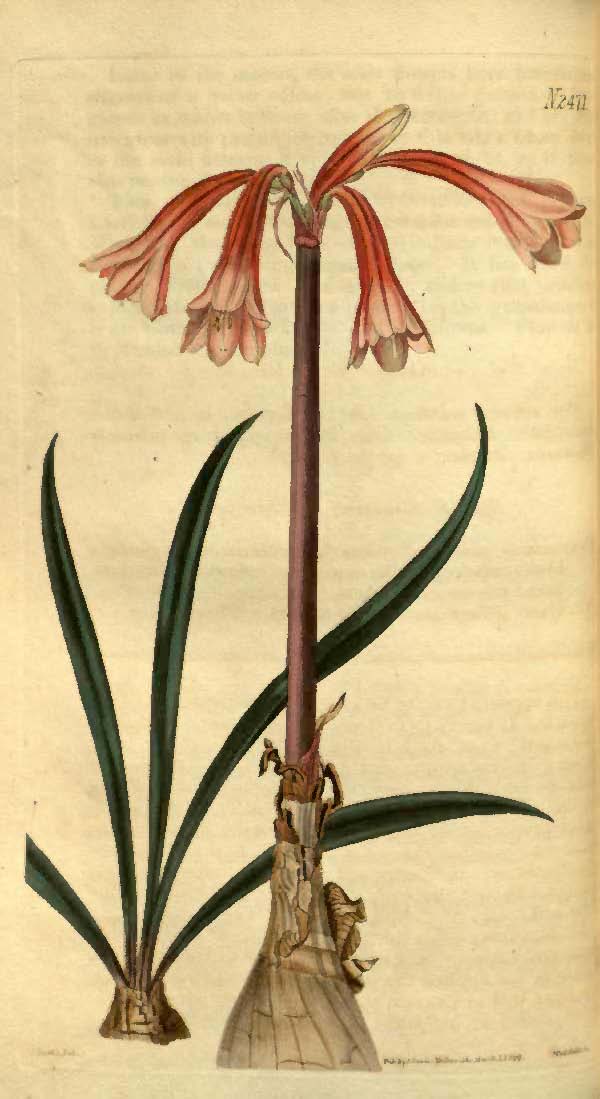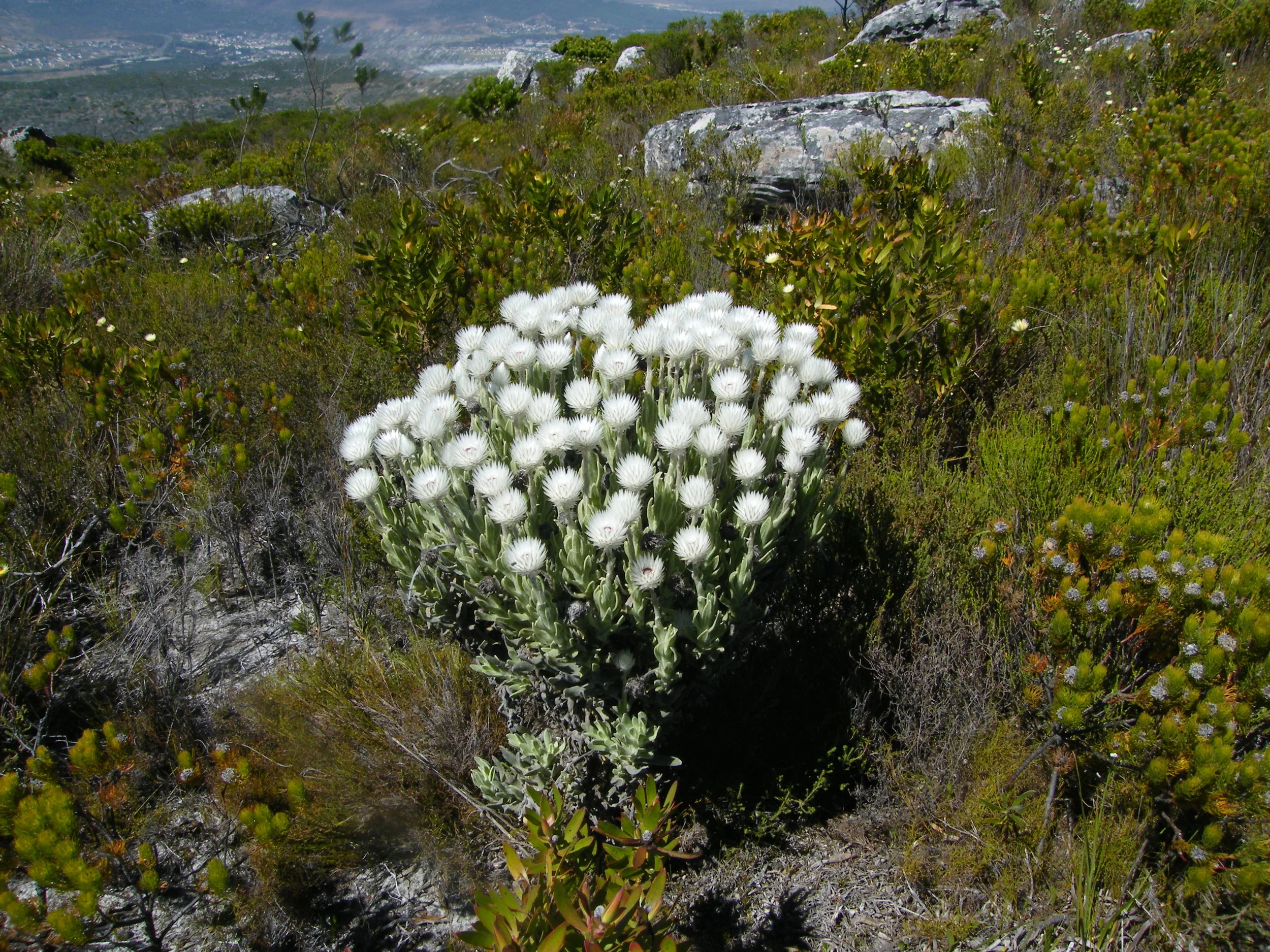Photos by David Styles
The genus Ceropegia is home to some of my favorite plants. Not only are they distant cousins of the milkweeds (Asclepias spp.), they sport some of the most interesting floral morphologies whose beauty is only exceeded by their fascinating pollination syndromes. Recently, Ceropegia expert and friend of the podcast Dr. Annemarie Heiduk brought to my attention the recent description of a species named in her honor.
Ceropegia heidukiae hails from KwaZulu-Natal, South Africa, and, at current, is believed to be endemic to a habitat type called the Northern Zululand Mistbelt Grassland. Morphologically, it has been described as an erect perennial herb. Unlike many of its cousins, C. heidukiae does not vine. Instead, it grows a slender stem with opposite, ovate leaves that just barely reaches above the surrounding grasses. By far the most striking feature of this plant are its flowers.
Photos by David Styles.
Ceropegia heidukiae produces elaborate trap flowers at the tips of its slender stems during the month of December (summer in the Southern Hemisphere). Each flower is comprised a greenish-gold, striped tube made of fused petals and topped with a purple, star-like structure with fine hairs. These flowers were the key indication that this species was previously unknown to science. Additionally, a sweet, acidic scent was detected during the relatively short blooming period.
Their beauty aside, the anatomy and scent of these flowers hints at what may very well be a complex and specific pollination syndrome. Indeed, scientists like Dr. Heiduk are revealing amazing chemical trickery within the flowers of this incredible genus, including one species that mimics the smell of dying bees. Who knows what kinds of relationships this new species has evolved in its unique habitat. Only plenty of observation and experimentation will tell and I anxiously await future studies.
A view of the Northern Zululand Mistbelt Grassland where Ceropegia heidukiae was found.
Sadly, C. heidukiae lives in one of South Africa’s most threatened habitat types. South Africa’s Biodiversity Act currently classifies the Northern Zululand Mistbelt Grassland as endangered due to factors like timber plantations and unsustainable grazing. Hopefully with the recognition of unique species like C. heidukiae, more attention can be given to sustainable use of the Northern Zululand Mistbelt Grassland such that both the people and the species that rely on it can continue to do so for generations to come.
Photo Credits: David Styles





